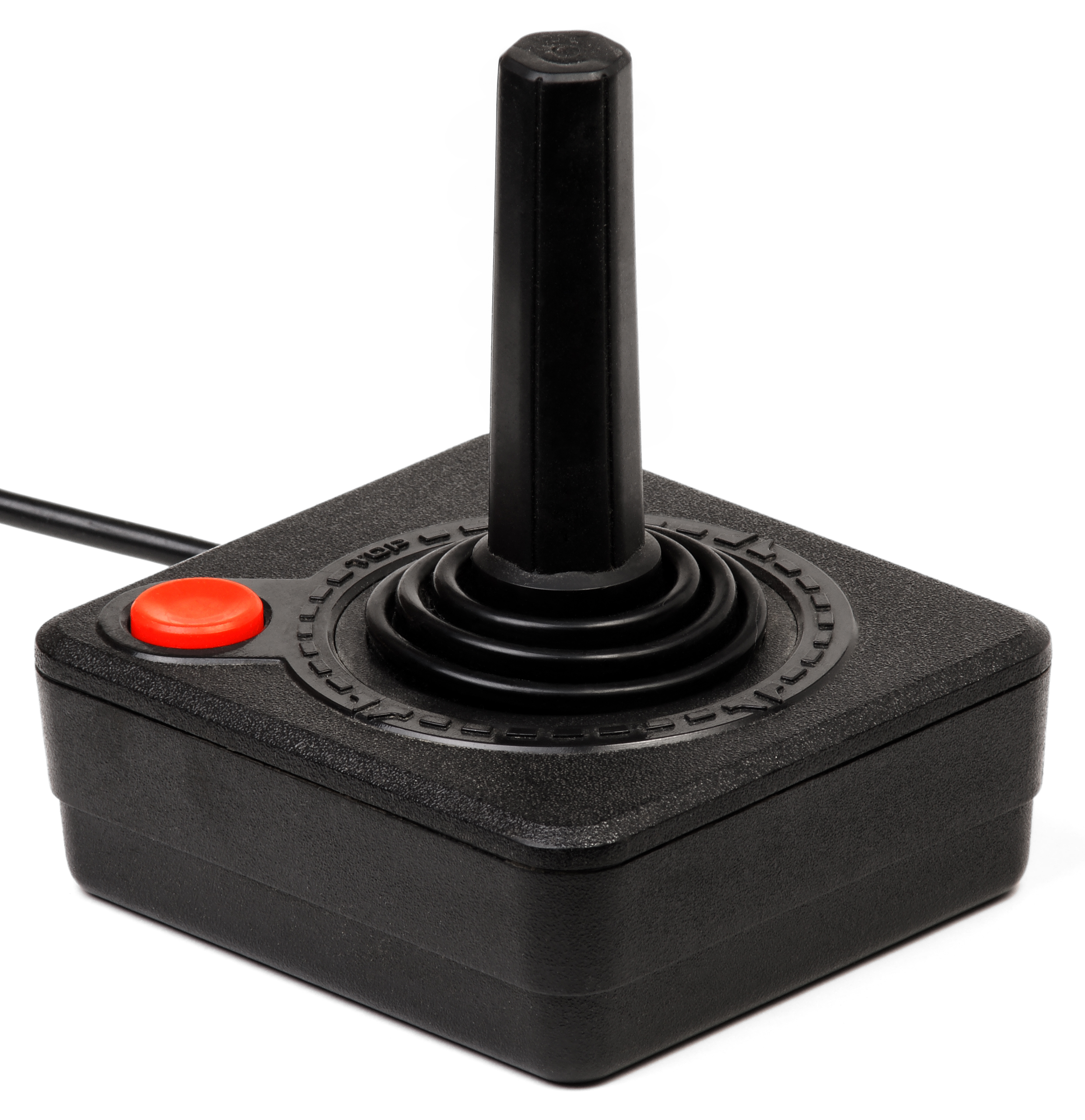

Looking at the New York Times, they are massively hammering Biden. Like, a huge chunk of the front page is negative pieces on him.


Looking at the New York Times, they are massively hammering Biden. Like, a huge chunk of the front page is negative pieces on him.


The law requires web-based age verification on sites with at least one-third of their content devoted to adult sexual material. Now the Supreme Court will solicit arguments and briefs about the case.
My hot take is that it won’t fly, but that Texas can also potentially revise the law to make it pass.
The problem is that this is targeting websites serving non-porn material if the site also serves porn. Like, there’s porn on Reddit, for example. But this doesn’t say “we restrict access to minors just to porn”, but “we restrict access to the website”, where someone like Reddit can do finer-grained filtering. It’s hard, I think, to argue that this is the “least restrictive means” to solve the issue.
For a law that that restricts speech to pass the First Amendment, it has to pass strict scrutiny, and “least restrictive means” is one requirement of this.
https://en.wikipedia.org/wiki/Strict_scrutiny
In U.S. constitutional law, when a law infringes upon a fundamental constitutional right, the court may apply the strict scrutiny standard. Strict scrutiny holds the challenged law as presumptively invalid unless the government can demonstrate that the law or regulation is necessary to achieve a “compelling state interest”. The government must also demonstrate that the law is “narrowly tailored” to achieve that compelling purpose, and that it uses the “least restrictive means” to achieve that purpose. Failure to meet this standard will result in striking the law as unconstitutional.
The standard is the highest and most stringent standard of judicial review and is part of the levels of judicial scrutiny that courts use to determine whether a constitutional right or principle should give way to the government’s interest against observance of the principle. The lesser standards are rational basis review and exacting or intermediate scrutiny. These standards are applied to statutes and government action at all levels of government within the United States.
The ACLU lawyer references a “reasonable” criteria, and apparently that’s one element of the “rational basis” review, so I’m guessing that they’re attacking it on those grounds.


It sounds like it does radar and that it’s the radar antennas at issue, and there’s some separate antenna that they can use to communicate.
Also, a previous satellite of the same design that was manufactured by Airbus worked. So they know the likely system and that it’s a manufacturing problem. They don’t need to design a replacement from scratch, just manufacture it. They have one satellite up. And while their older satellites in the previous constellation are past their design life and aren’t as good, they’re apparently still functioning, and hopefully will for several years.
So it doesn’t sound that bad.


I assume that it should read “executive order”.


I wouldn’t.


Aside from broken controllers, which I don’t think can reasonably count, the Atari 2600 joystick.

One button, a lot of resistance to push on the stick.
After that, an elderly Logitech gamepad from the 1990s that had a D-pad that rolled diagonal way too easily. IIRC it had a screw-in mini-joystick that could attach to the center of the D-pad. Don’t remember the model. White case, attached directly to a joystick/MIDI port.
After that, I think the NES controller. I have no idea why people like those or actually buy recreations. Yes, notalgia, but the ergonomics on it were terrible. Hard buttons, sharper corners on the D-pad than is the norm today, and a squared-off controller made the thing downright uncomfortable to use for long periods of time.


I was pretty happy with my most-recent Logitech gamepad – I think an F310 – but I had another from the 1990s that was terrible, had a D-pad that rolled to diagonal movement far too easily.


Democratic Attorney General Josh Kaul filed a lawsuit challenging the statutes in 2022, arguing they were too old to enforce
I mean, laws don’t have a sunset date.
Unless there’s a split between the upper and lower state legislatures and governor, why not just either pass a new law making abortion either explicitly illegal or repeal the old law so that it’s explicitly legal? Like, what’s the point of having court cases over some law from 1849?
What’s the makeup of the legislature?
kagis
Ahh.
So the Republicans control the upper and lower legislative houses. The governor is a Democrat. The Republicans have a two-thirds supermajority in the upper house, but only a majority in the lower house. So basically, nobody has enough oomph to push through a change (at least if the division is along party lines, which it may not be in Wisconsin).
https://en.wikipedia.org/wiki/Wisconsin_Legislature
So based on that, the Republicans need two more seats in the 99-seat lower house to have a supermajority there as well and be able to override a governor’s veto, or to get a Republican governor, which avoids the veto issue. They’re very close to being able to pass legislation without Democratic support, but not quite there.
The Democrats are nowhere near having a majority in both houses, so they probably can’t pass legislation anytime soon without Republican support.


Nvidia is worth about $3 trillion at this point. France’s GDP is about that each year.


I did some time back. I don’t recall it being incredibly difficult to get running. What hardware are you trying to run it on?


Unexploded remotely-triggerable ordinance with a camera on it.


Ruling in the case Ukraine v. Russia (re Crimea), the European Court of Human Rights unanimously found June 25 that Russia is guilty of a pattern of human rights violations since 2014 in Crimea, as codified under the European Convention on Human Rights a
Russia withdrew from the ECHR. Presumably whatever specific incidents they’re talking about were before that, but I’m not sure how much Russia is going to care about that.
Russia also terminated ECHR jurisdiction in 2022.
LONDON, June 7 (Reuters) - Russia’s parliament on Tuesday passed a pair of bills ending the European Court of Human Rights’ jurisdiction in the country, a rupture provoked by Russia’s war in Ukraine.
I’m not sure whether that ended authority over cases on issues prior to that time or not, in each of the eyes of Russia and the ECHR. But I wouldn’t be surprised if Russia’s position is that it did, as there wouldn’t be much point to also terminating jurisdiction after leaving if it didn’t.


That alternative would replace Ohio’s current system for drawing congressional and legislative maps, which relies on elected officials, with a 15-member panel of Ohioans without close ties to politics.
Honestly, I feel like if districts are gonna be drawn, it’d make more sense to just choose some algorithm and have a computer do it.
Like, if you want to have non-partisan oversight of the algorithm selection, great, but I’m not at all sold that partitioning up the election map requires anything beyond a simple, mechanical process.
reads further
Fed up with politicians manipulating maps to ensure reelection, a crowd of Ohio voters took a key step toward offering a redistricting alternative on the November ballot.
The commission would draw maps that “correspond closely to statewide partisan preferences of the voters of Ohio.” Unlike redistricting proposals approved in 2015 and 2018, this requirement is explicit and mandatory.
If you divide up electoral districts to try to clump similar voters, you kind of guarantee that you’re ensuring re-election. In fact, from past reading, that’s what gerrymandering tends to do. It isn’t primarily that politicians try to get an edge for their party overall. It’s that they try to ensure that they have safe seats without serious competition, even if that ensures that politicians from the other party also enjoy the same situation. Think of an oligopoly, where companies divide up territory or something like that, and each has a monopoly. Like, if you’re going to mandate that under this district-drawing system, what you’re functionally doing is minimizing the power of the public in elections relative to that of incumbent politicians.
kagis
Yeah.
https://news.harvard.edu/gazette/story/2023/07/biggest-problem-with-gerrymandering/
Biggest problem with gerrymandering
Researchers found tactic, widely used in 2020, made little difference in partisan numbers but yielded safe seats, less-responsive representatives
Basically, what gerrymanderers principally aim to do is to reduce how much a politician in an electoral district tends to need to care about what their electorate wants, by eliminating realistic challengers.
kagis
One of the most consequential outcomes of this redistricting cycle has been the continuing decrease in the number of competitive congressional districts. Under new maps, there are just 30 districts that Joe Biden won by less than eight percentage points in 2020 and, likewise, just 30 districts that Donald Trump won by less than eight points.
All told, there are now fewer competitive districts than at any point in the last 52 years. If the good news is that both parties emerged with reasonable opportunities in coming years to win control of a closely divided House, the bad news is that they will fight that battle on the narrowest of terrains under maps artificially engineered to reduce competition.
In the end, a closely divided House remains up for grabs, with reasonable opportunities for both parties to win control in coming years. However, barring unforeseen political shifts, most voters will watch that fight from the sidelines due to maps that artificially reduce competition. If Americans hope to reverse the long-term decline of competitive districts, reforms to create fairer, more independent map-drawing processes will be essential.
That’s a good deal if you’re an incumbent politician who wants to be in a position to make use of political influence without being at political risk. But it’s the worst deal you could get in terms of your own influence if you’re a member of the voting public.
Ted Linscott, the retired bricklayer from Athens, said Appalachians tell it like it is: “When we see BS, we call BS and the way our districts are drawn is BS.”
I’m not saying you’re wrong there, dude. But being happy about this proposal is kinda, well…I’m gonna need Gary Larson to help me out on this one.

https://lemmy.today/pictrs/image/6a694b63-9618-4b6a-a685-a26f1be54bb9.jpeg


Video of the accidental ascent


Apparently it’s an American English-British English difference.
https://en.wiktionary.org/wiki/on_sale
(British, Australia) Available for purchase.
(US, Australia) Available for purchase at reduced prices.


I’d assume you, given that you asked.


That’s not incompatible with what they said. They’re saying that the rate of wage increases over the last year outpaced inflation. They also ran below inflation during the COVID-19 crisis.
COVID-19’s impact started in 2020.
looks at graph in article
Okay, though it looks like inflation only took off in early 2021.
They’re saying that from June 2023 to June 2024, real wages increased. But they also decreased for about two years prior to that, from a couple months into 2021 until about halfway through 2023 – you can see the dark blue line being below 0 for that period (or, equivalently, that the medium blue line was above the light blue line). Halfway through 2023, it then rises above 0, and has been above since that point. But the period of time that it was decreasing (a bit over two years) was about twice as long as the one year that it’s been increasing, and during that decrease period, was decreasing faster than it increased over the last year. So they’re rebounding, but they won’t be where they were immediately prior to the crisis.


“For whom”, and it’s an average.


That’s true, though IIRC there are two planes, and I think that one of them – and the more-numerous one – is a variant of some multirole fighter.
kagis
https://en.wikipedia.org/wiki/Kh-47M2_Kinzhal
Launch platform
- MiG-31BM/K
- Tu-22M3M
- Su-34 (reportedly)
- Su‐57 (planned)
Looks like two confirmed, another possible, another eventually (though I can’t imagine using the rare, intended-for-another-purposes Su-57 if they could use the others).
I was using it on Linux too!